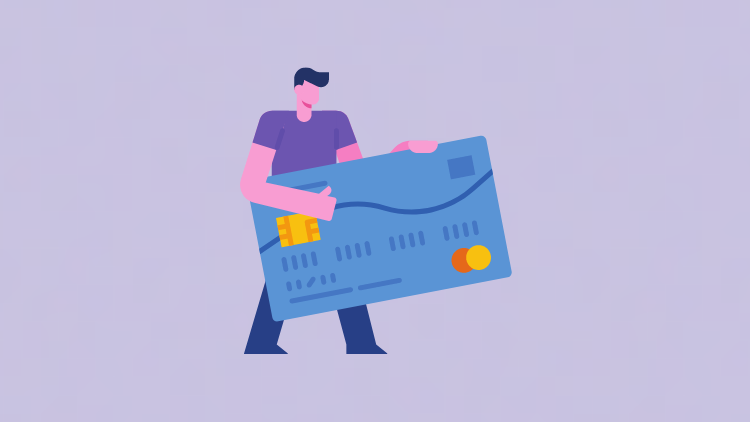Data Snacks
Data Snack: Credit cards are earning higher satisfaction scores – but still losing share of spend to competitors
- Primary card share of spend has fallen to 42%, with customers shifting to novel alternatives like BNPL.
- Customer experience metrics like call center hold times indicate that issuers need to revisit critical stages in the customer journey to ensure loyalty in the face of competition.








